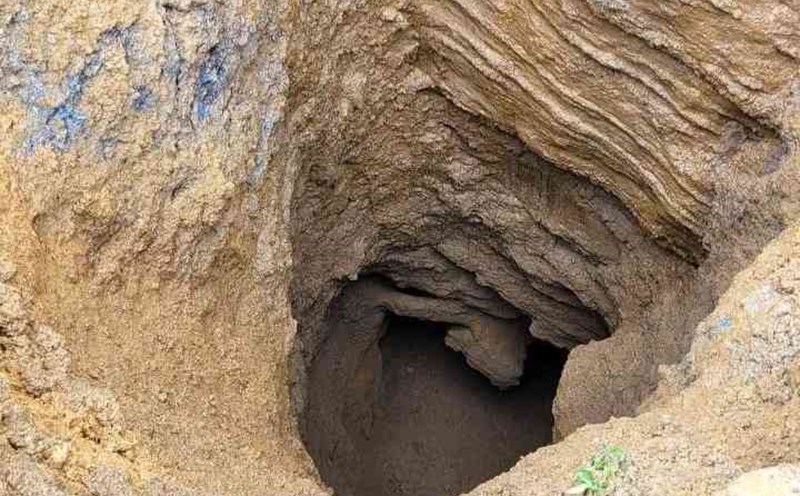According to Smithsonianmag, a 300 million-year-old fossil was discovered deep in Canyonlands National Park in Utah, USA. This model could belong to a completely new species.
Fossil organics are animals with living on land, laying eggs and having four legs. "It's almost the size of a box. The fossil we found included the vertebrae, the head of the skull, and some shoulder bones and Fore bones," said Adam Marsh, an paleontologist at Petrified Forest National Park.
About a year ago, a ranger at Canyonlands Park had a chance to find the fossil and reported it to the park. Scientists from Utah's Museum of Natural History, Petrified Forest National Park and the University of Southern California later collaborated to study the discovery.
"This is great, this fossil is 50 million years older than the oldest Dinosaur fossil. So it must have come from a period when we had not found much fossil, especially in North America, Marsh said.
According to scientists, this creature existed between the Pennsylvania (323.2 to 298.9 million years ago) and the Permian (298.9 to 251.9 million years ago). During the Pennsylvania period, seed-seeding plants began to evolve more; animals reproduced by laying eggs like birds and reptiles. During the Permian period, the continents of the planet began to gather together to form the supercontinent Pangea, and this era ended with the largest mass extinction event in the history of Earth.
"It's a phenomenon. You don't often see things like that, it really makes sense. It shows that there may be more fossils from that period out there, especially in the Westernlands, Marsh told CNN.
Adam Huttenlocker, a biologist at the University of Southern California, said that finding fossils of aquatic animals is common in the Canyonlands, but this is the first time he has heard of a creature with a living spine living on the shore in this park.







